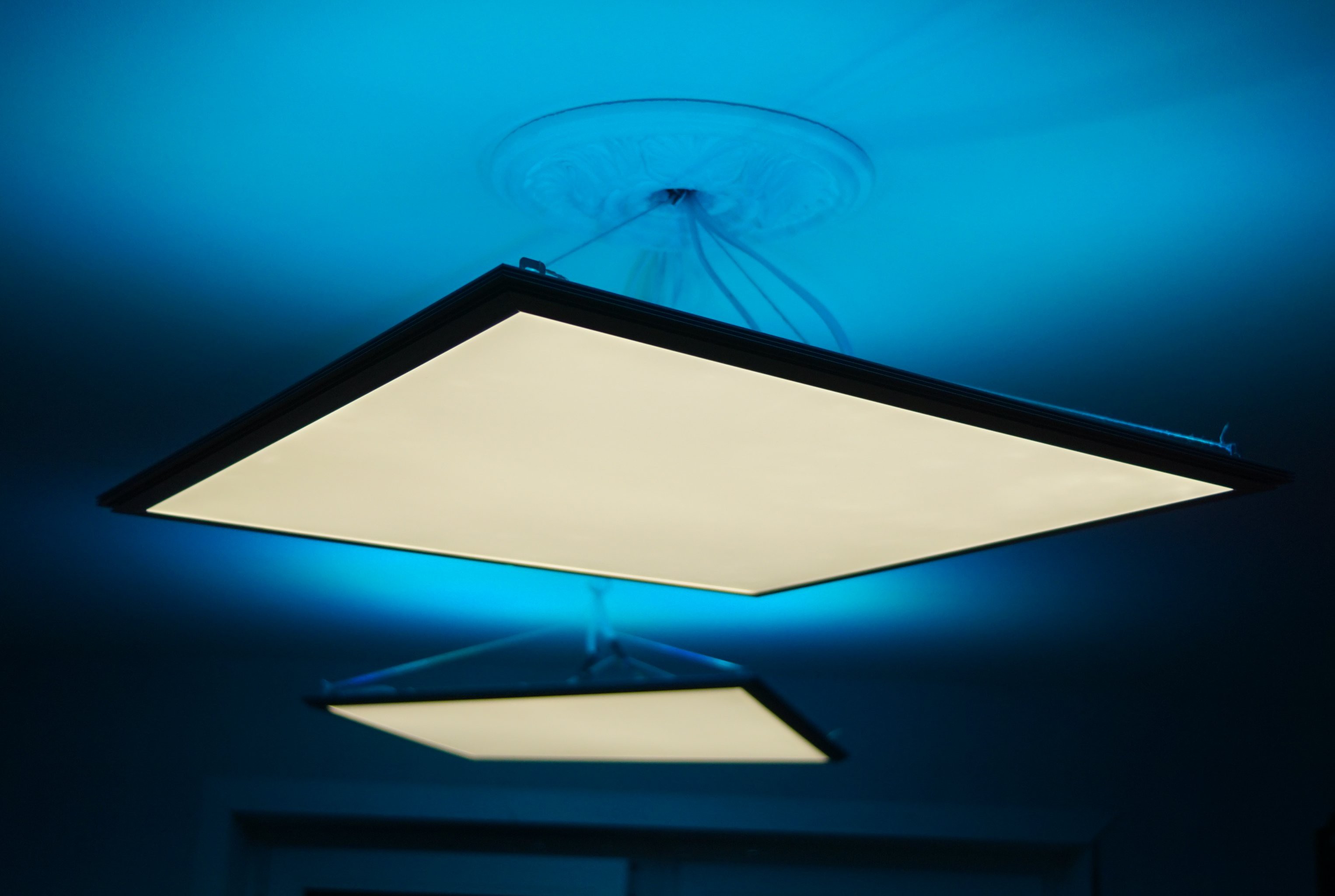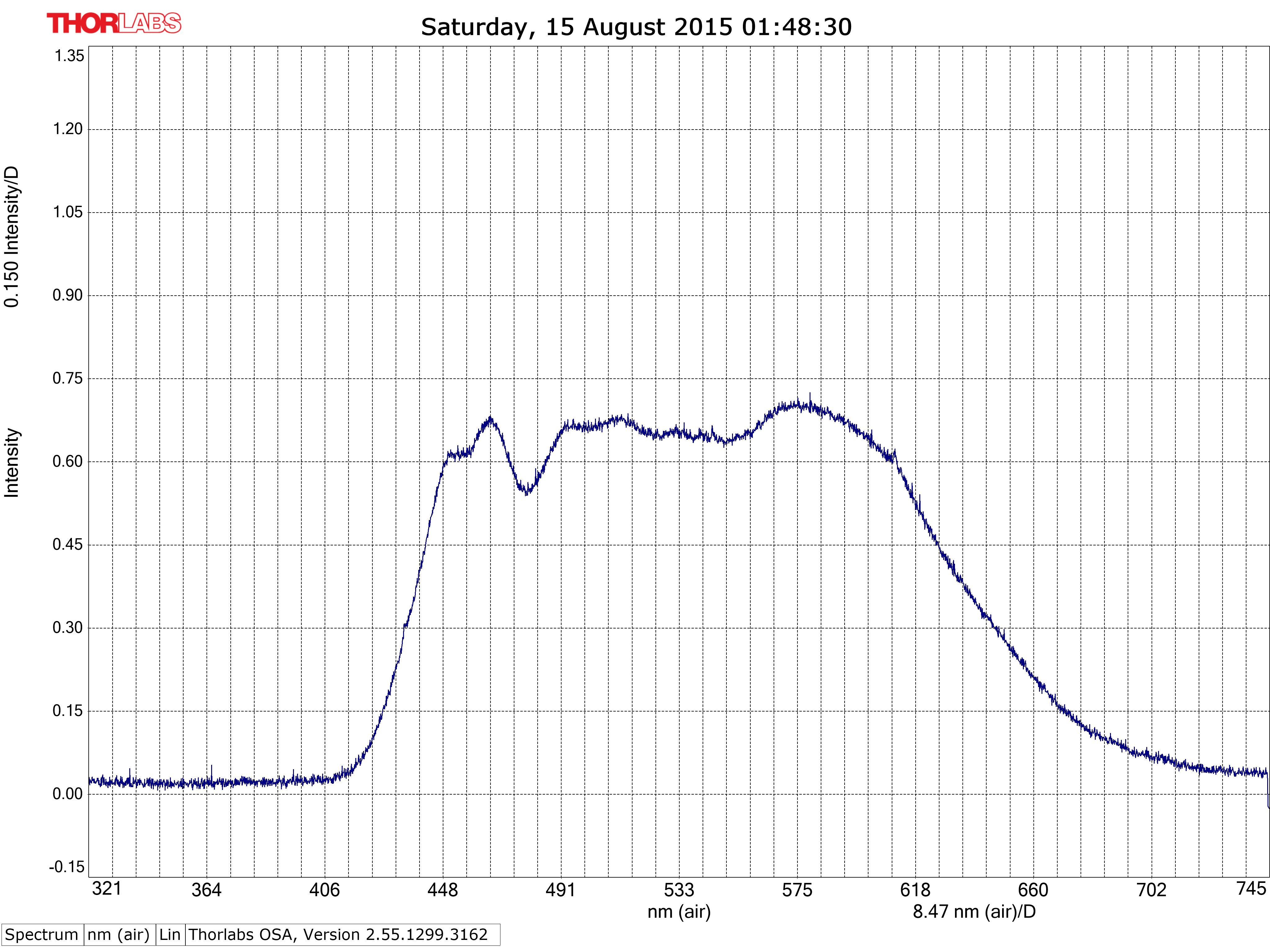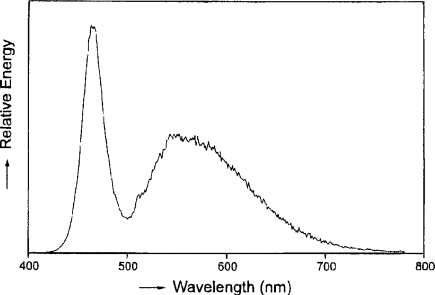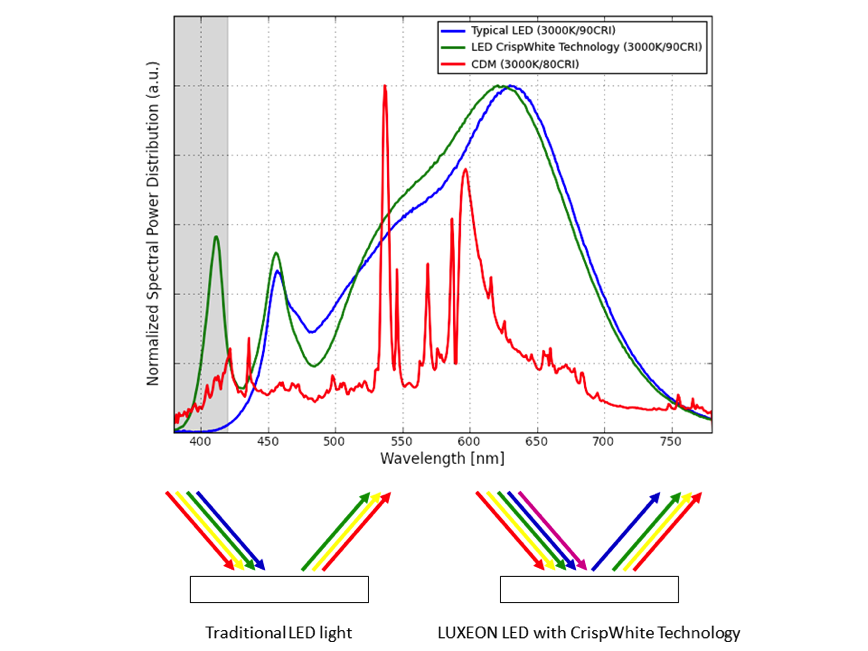I have seen two multichip tanks in the US. Both were fine. They were not long lasting due to DIY skill, heat issues, there were all the same issues as other point-souce applications, so the owners did not use them for more than a few years. These things get HOT... every bit as hot as a MH bulb when getting your hand near (we did not use a temp gun). They can heat up a hood or room pretty well when you use 10-12 of them over a 300g heavily stocked acropora tank - chiller was still needed in the summer. These guys did try and get the same output, so they did not skim on fixtures or wattage.
I think that both of them would tell anybody that your DIY skills will have a huge impact on your long term success... which makes sense since build quality is paramount.
They both put their mercury stuff back on after they had a few failures since they were not saving any money and it is not free to replace the units. Both had strong thoughts on the performance, but they can log in and post these for themselves if they cared enough to do so.
I used one over a frag tank for a while where I have run many panels to get a feel for them. It stopped working, but it was pretty corroded when they lent it to me. PAR was nearly the same as an equal wattage MH right next to it, but my Apogee 510 only mostly captures the visible range.
I think that both of them would tell anybody that your DIY skills will have a huge impact on your long term success... which makes sense since build quality is paramount.
They both put their mercury stuff back on after they had a few failures since they were not saving any money and it is not free to replace the units. Both had strong thoughts on the performance, but they can log in and post these for themselves if they cared enough to do so.
I used one over a frag tank for a while where I have run many panels to get a feel for them. It stopped working, but it was pretty corroded when they lent it to me. PAR was nearly the same as an equal wattage MH right next to it, but my Apogee 510 only mostly captures the visible range.























